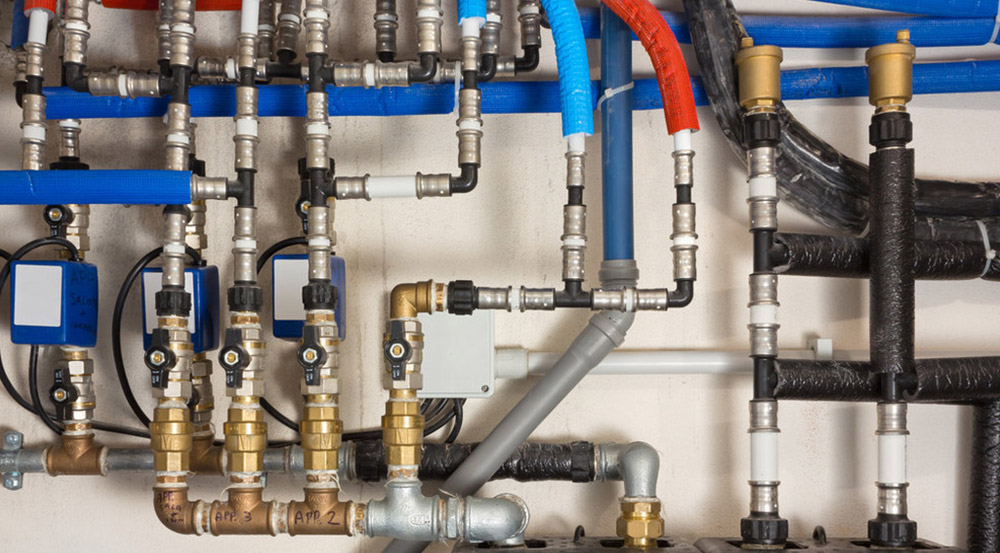The purpose of maintenance during valve operation is to ensure that copper valves are kept clean, well lubricated, with complete valve components and in normal operation throughout the year.
1、 Cleaning of valves
The trapezoidal threads on the surface of the valve, valve stem, and valve stem nut, as well as the sliding parts of the liquid level gauge valve stem nut and bracket, as well as components such as gears and worm gears, are prone to accumulating a lot of dust. Oil stains and residual media can cause wear and corrosion on valves. Therefore, it is obviously very important to keep the external and moving parts of the valve clean regularly and protect the integrity of the valve paint. The dust on the valve is suitable for brush brushing and compressed air blowing; Trapezoidal threads and dirt between teeth are suitable for wiping with a cloth; The oil stains and residual media on the valve are suitable for steam blowing, and even brushed with a copper wire brush until the machining surface and special valve fitting surface show a metallic luster, and the paint surface shows its natural color. A dedicated person should be responsible for the drain valve, which should be inspected at least once per shift. Regularly open the plugs at the bottom of the flushing and drainage valves for flushing, or dismantle and flush them regularly to prevent dirt from blocking the valve.
2、 Lubrication of valves
The trapezoidal threads of the valve, the sliding parts of the valve stem nut and bracket, the bearing parts, the meshing parts of the gear and worm gear, the worm gear, and other matching moving parts all require good lubrication conditions to reduce friction and avoid mutual wear. Some parts are specifically equipped with oil cups or nozzles. If they are damaged or lost during operation, they should be repaired and equipped properly, and the oil circuit should be unobstructed.
Lubricating parts should be lubricated regularly according to specific situations. Valves that are frequently opened and have high filter temperatures are suitable for refueling every week to month. Valves that are not frequently opened and have low temperatures can have a longer refueling cycle. Lubricants include engine oil, butter, molybdenum disulfide, and graphite. High temperature valves are not suitable for use with engine oil and butter, as they will dissolve and lose due to high temperature. They are suitable for injecting molybdenum disulfide and wiping graphite powder. For exposed areas that require lubrication, such as trapezoidal threads, gears, etc., using grease such as butter can easily contaminate dust, while using molybdenum disulfide and graphite powder lubrication can prevent dust contamination and provide better lubrication than butter. Graphite powder is not easy to apply directly, and can be mixed with a small amount of engine oil or water for use.
The oil sealed plug valve should be filled with oil according to the specified time, otherwise it is prone to wear and leakage.
3、 Maintenance of valves
The valves in operation and various valve components should be complete and intact. The screws on the pump flange and bracket are indispensable, and the threads should be intact and not loose. Tighten the nut on the handwheel. If any looseness is found, it should be tightened in a timely manner to avoid wear on the connection or loss of the handwheel and nameplate. If the handwheel is lost, it is not allowed to use a wrench to replace it, and it should be equipped in a timely manner. The packing gland should not be skewed or have pre tightened gaps. For valves in environments prone to contamination by rain, snow, dust, wind and sand, protective covers should be installed on their valve stems. The scale on the valve should be kept complete, accurate, and clear. The lead seal, pressure reducing valve cap, pneumatic accessories, etc. of the valve should be complete and intact. The insulation jacket should have no dents or cracks.
It is not allowed to knock, stand or support heavy objects on valves in operation, especially non-metallic valves and cast iron valves, and it is even more prohibited. The stainless steel multi-stage centrifugal pump CDL/CDLF is a non self suction multi-stage centrifugal pump with a standard motor installed. The motor shaft is directly connected to the pump shaft through a shaft coupling through the pump head. The tension rod bolts fix the pressure resistant cylinder and overcurrent components between the pump head and the inlet and outlet sections, and the pump inlet and outlet are on the same line as the pump bottom; This pump can be equipped with intelligent protectors as needed to effectively protect the pump from dry rotation, phase loss, overload, etc.







